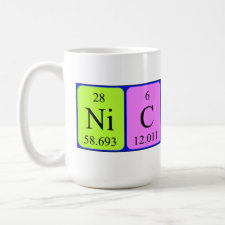
Authors: Koetting MC, Peters JT, Steichen SD, Peppas NA
Article Title: Stimulus-responsive hydrogels: Theory, modern advances, and applications.
Publication date: 2015
Journal: Materials Science and Engineering: R: Reports
Volume: 93
Page numbers: 1-49.
DOI: 10.1016/j.mser.2015.04.001
Alternative URL: http://www.sciencedirect.com/science/article/pii/S0927796X15000339
Abstract: Over the past century, hydrogels have emerged as effective materials for an immense variety of applications. The unique network structure of hydrogels enables very high levels of hydrophilicity and biocompatibility, while at the same time exhibiting the soft physical properties associated with living tissue, making them ideal biomaterials. Stimulus-responsive hydrogels have been especially impactful, allowing for unprecedented levels of control over material properties in response to external cues. This enhanced control has enabled groundbreaking advances in healthcare, allowing for more effective treatment of a vast array of diseases and improved approaches for tissue engineering and wound healing. In this extensive review, we identify and discuss the multitude of response modalities that have been developed, including temperature, pH, chemical, light, electro, and shear-sensitive hydrogels. We discuss the theoretical analysis of hydrogel properties and the mechanisms used to create these responses, highlighting both the pioneering and most recent work in all of these fields. Finally, we review the many current and proposed applications of these hydrogels in medicine and industry
Template and target information: Review - stimulus-resposive hydrogels
Author keywords: hydrogels, polymers, Stimulus-responsive, Smart materials, Swelling, drug delivery, pH responsive, Temperature responsive, Chemically-responsive, Molecularly imprinted polymers, Photo-responsive, Electrically-responsive, Shear stress, Scaffolds, tissue engineering, Biosensors



Join the Society for Molecular Imprinting

New items RSS feed
Sign-up for e-mail updates:
Choose between receiving an occasional newsletter or more frequent e-mail alerts.
Click here to go to the sign-up page.
Is your name elemental or peptidic? Enter your name and find out by clicking either of the buttons below!
Other products you may like:
 MIPdatabase
MIPdatabase









